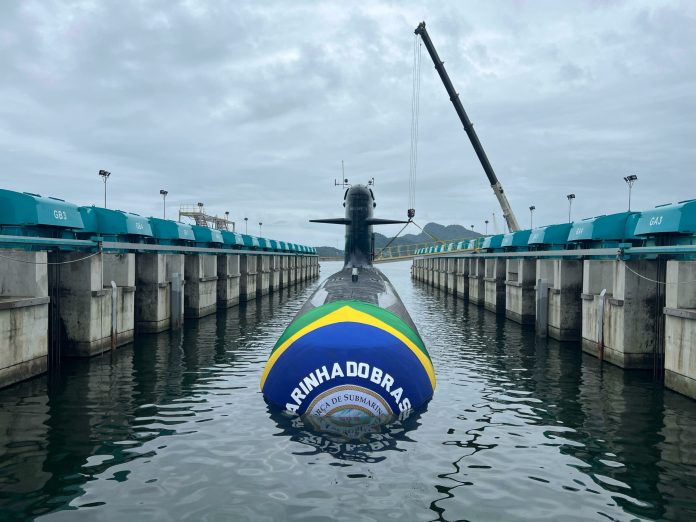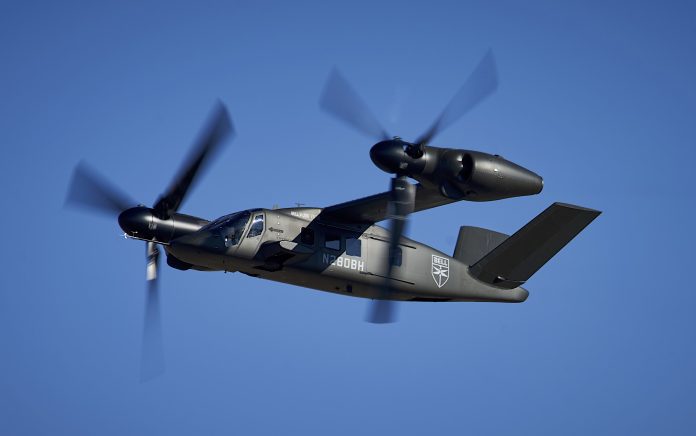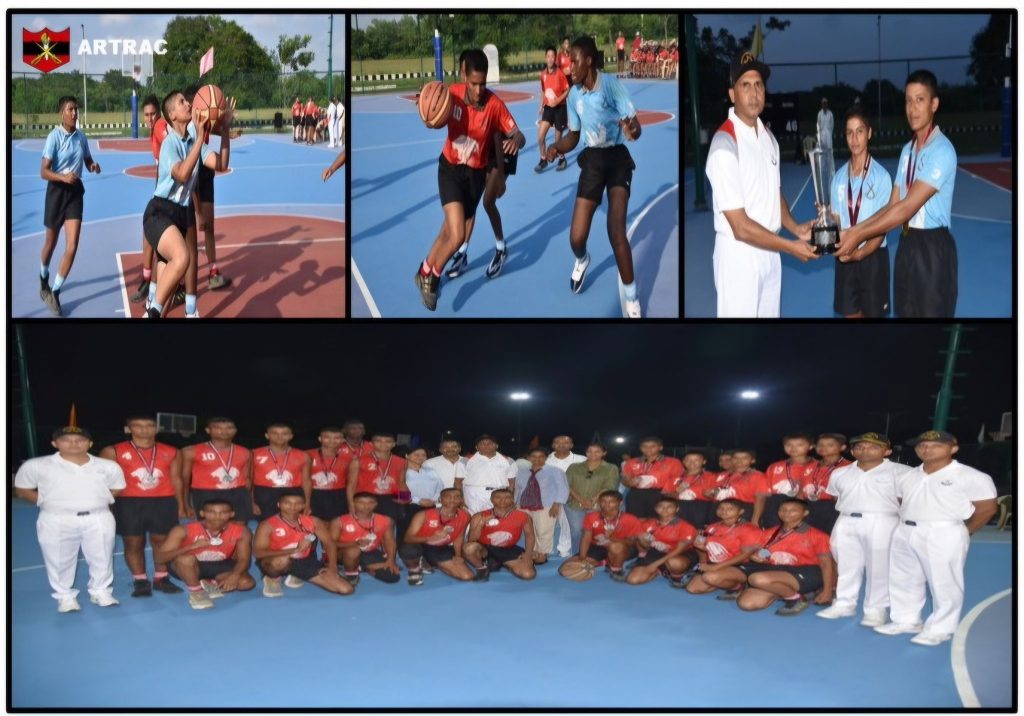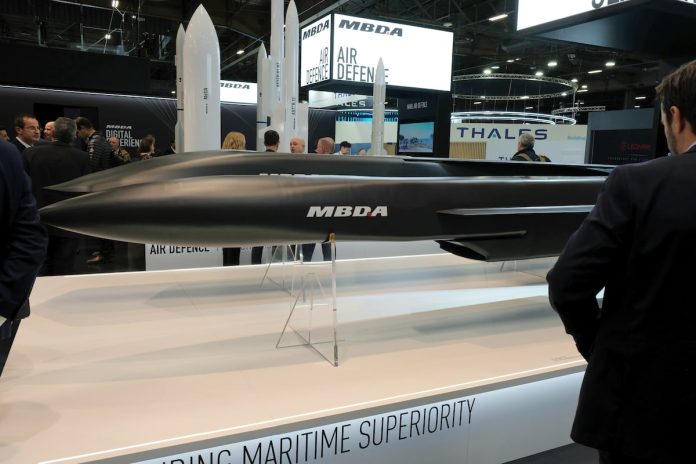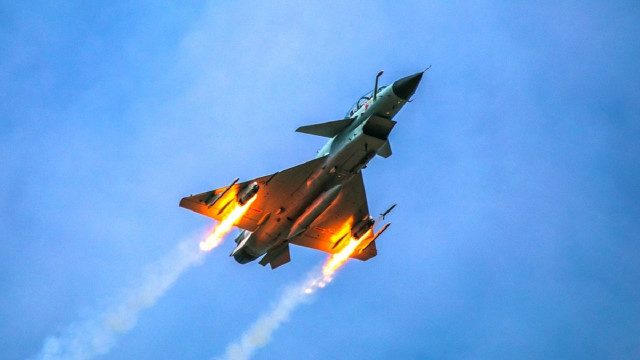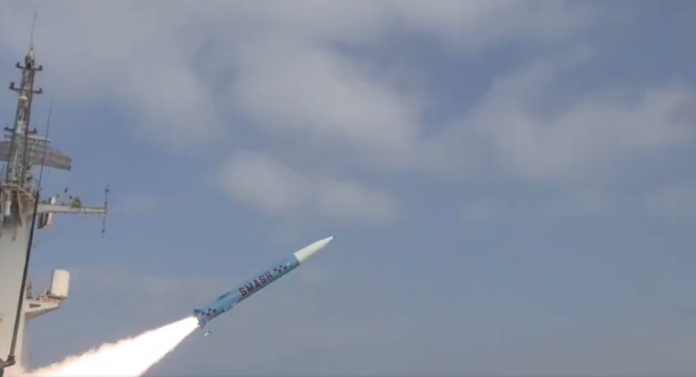The US Defense Advanced Research Projects Agency (DARPA) has made a significant move to strengthen digital security by awarding a contract to RTX’s BBN Technologies. This initiative is part of the agency’s broader Compartmentalization and Privilege Management (CPM) program, which has the primary objective of preventing minor cyber threats from escalating into serious attacks, all while ensuring that system efficiency remains intact.
BBN Technologies is tasked with developing a cutting-edge tool known as the Analysis and Restructuring for Containment (ARC). This innovative software aims to limit the spread and escalation of cyber threats within software systems. By leveraging the principle of least privilege at the subprogram level, the ARC tool is designed to automatically scan and analyze extensive codebases. It then segments this code into smaller, more secure sections, effectively isolating potential vulnerabilities and containing cyber threats to specific compartments.
The strategic compartmentalization enacted by ARC not only prevents widespread damage but also facilitates a balance between performance and security. The tool is equipped to address scenarios where different segments of a system have varying security needs. For instance, some areas may require quick responses, while others may be more susceptible to cyber intrusion. ARC helps system administrators tailor security measures selectively, enhancing protection in critical segments without sacrificing overall system efficiency.
Moreover, ARC incorporates specialized features derived from BBN’s previous research endeavors. This includes advancements in automated program analysis, verifiable program restructuring, and automated reasoning, all contributing to the tool’s efficacy in modern cybersecurity environments.
BBN’s principal investigator, Aaron Paulos, emphasized the growing complexity of cyber threats, noting that “today’s complex attack surfaces and increasingly sophisticated cyberattacks mean that even a single point of vulnerability can compromise an entire system.” He added, “Our solution will enhance the security of critical software systems while preserving performance, which is essential for maintaining operational readiness.” The overarching aim is to create robust compartments within systems that effectively isolate risks, thereby making them significantly more resilient against potential cyberattacks.


